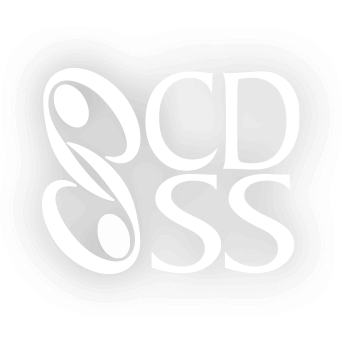Example Codes of Conduct
Here are some of our favorite codes of conduct from other dance and music organizations to use as inspiration for your own!
Chicagoland English Country Dance
Chicago, IL; English country dance
Olympia Contra Dance
Olympia, WA; contra dance
(links in the “Community” paragraph under “The Details”)
DanceFlurry Organization
Albany/Saratoga Springs, NY (and surrounding areas); several types of monthly dance series and workshops, educational programs in schools and other organizations
Portland Country Dance Community
Portland, OR; contra dance, English country dance, music sessions
Ottawa Contra Dance
Ottawa, ON; contra dance
John C. Campbell Folk School
Brasstown, NC; contra dance, English country dance, community/family dance, many other music and craft workshops
Raise the Rafters
Rhododendron, OR; singing
Have a great policy you’d like to share? Submit it here!

 Thanks to the Massachusetts Cultural Council for their generous support.
Thanks to the Massachusetts Cultural Council for their generous support.